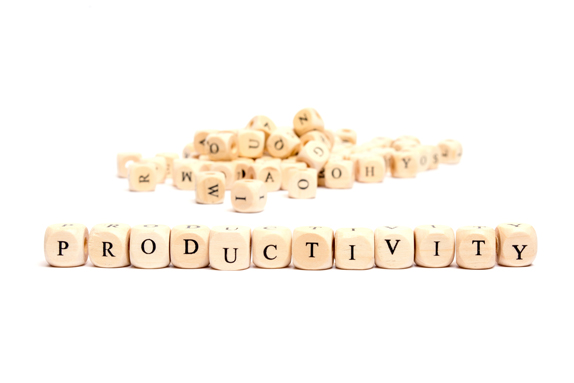Fifty million light-years from Earth, at the center of a cluster of several thousand galaxies, lies Messier 87, a galaxy with a gigantic black hole 5 billion times the mass of the sun at its core—but not at rest. It spins. Despite a number of models indicating that black holes ought to spin, it’s only now, after examining 22 years of data, that scientists have seen a tell-tale wobble. Like a whirling top beginning to fall, this wobble shows that Messier 87’s supermassive black hole must be spinning, according to recent findings published in Nature.
It’s not incredibly surprising that a black hole would spin—almost everything out in space does. But being able to see it spin is new. Its wobble, in turn, may tell us about how this black hole grew to such a large mass.
Scientists spotted the wobble in one of the more dramatic features of this galaxy—a tremendous jet of material being flung out from the center of Messier 87. This narrow blue streamer of electrons, spiraling along a magnetic field, glows its way through 5,000 light-years—about a fifth of the distance between the sun and the center of the Milky Way. To shine brightly against the swarm of a few trillion ancient stars that make up the rest of Messier 87 is no small feat. We’ve been able to trace the jet with higher- and higher-resolution observations, all the way down to the location of the black hole, and it’s this innermost portion of the jet that revealed the spinning of the black hole itself.

The innermost light-year of the jet closest to the black hole is twirling, looping around once every 11 years. It’s not the first time scientists have seen the cadence of the wiggle. In 2018, another group found nearly the same results—a 10-year cycle, visible across 17 years of observations. But this new study, unlike the last, provides the explanation, by modeling this wobbling jet as a motion in three dimensions, and tying this wobble to the theoretical expectation that black holes can—and perhaps should—spin. If the black hole weren’t spinning, the jet wouldn’t be wobbling. And since we can definitely see the jet wobbling around, then, according to the researchers’ new modeling, the black hole must be spinning.
The jet itself is tightly coupled to another physical structure of the black hole, called the accretion disk. Much larger than the black hole’s shadow and its ring of light (which the Event Horizon Telescope captured in a 2019 image), and much smaller than the jet, the accretion disk is the final outpost of material in the process of falling into the black hole. Here, the material churns into a fast-paced disk of incredibly hot gas, inexorably drawing closer to the black hole in a tight spiral. The accretion disk creates a complex swirl out of magnetic field lines, and at 90 degrees to the disk’s plane, electrons escape the accretion disk, forming the jet.
If the black hole weren’t spinning, the jet wouldn’t be wobbling.
Since we can see that the jet is wobbling, and we know, from other observations, that the jet springs directly from the accretion disk, we learn from a wobbling jet that the accretion disk is also wobbling. As with our spinning top, while it might be easiest to see the circular path that the upper edge of the top takes, the body of the top is also tipping around in the same way.
Why should the accretion disk wobble? There’s only one reason it should—when the plane of its spin doesn’t entirely align with the spin of the black hole. In this case, the small difference in alignment is enough to cause the accretion disk to wobble around the spinning black hole, and in turn, to redirect the jet, swirling both jet and disk around once every 11 years. The authors suggest that since the spins aren’t that misaligned, this black hole may have grown slowly and relatively peacefully in its recent history, without many violent disruptions. Chaotic events—large amounts of material falling inwards, or the arrival of another supermassive black hole from a consumed smaller galaxy—would set the two spins more askew from each other than what scientists see. The supermassive black hole probably grew more rapidly very early on, rather than continuing to grow at that same pace through all of cosmic time. So recent accretion events aren’t the answer for why it’s so massive.
We can’t yet figure out exactly how fast the black hole is spinning; that’s a challenge for the future. But already we’ve managed to learn something new, directly—that supermassive black holes are indeed spinning. ![]()
Lead image: Marc Ward / Shutterstock
Jillian Scudder
Posted on October 19, 2023
Jillian Scudder is an astrophysicist at Oberlin College. She is the author of The Milky Way Smells of Rum and Raspberries : …And Other Amazing Cosmic Facts. Her previous book was Astroquizzical: A Curious Journey Through Our Cosmic Family Tree. Her work has appeared in Forbes, Quartz, and elsewhere. Follow her on Twitter @Jillian_Scudder.
Get the Nautilus newsletter
Cutting-edge science, unraveled by the very brightest living thinkers.
Note: This article have been indexed to our site. We do not claim legitimacy, ownership or copyright of any of the content above. To see the article at original source Click Here












